-NODE


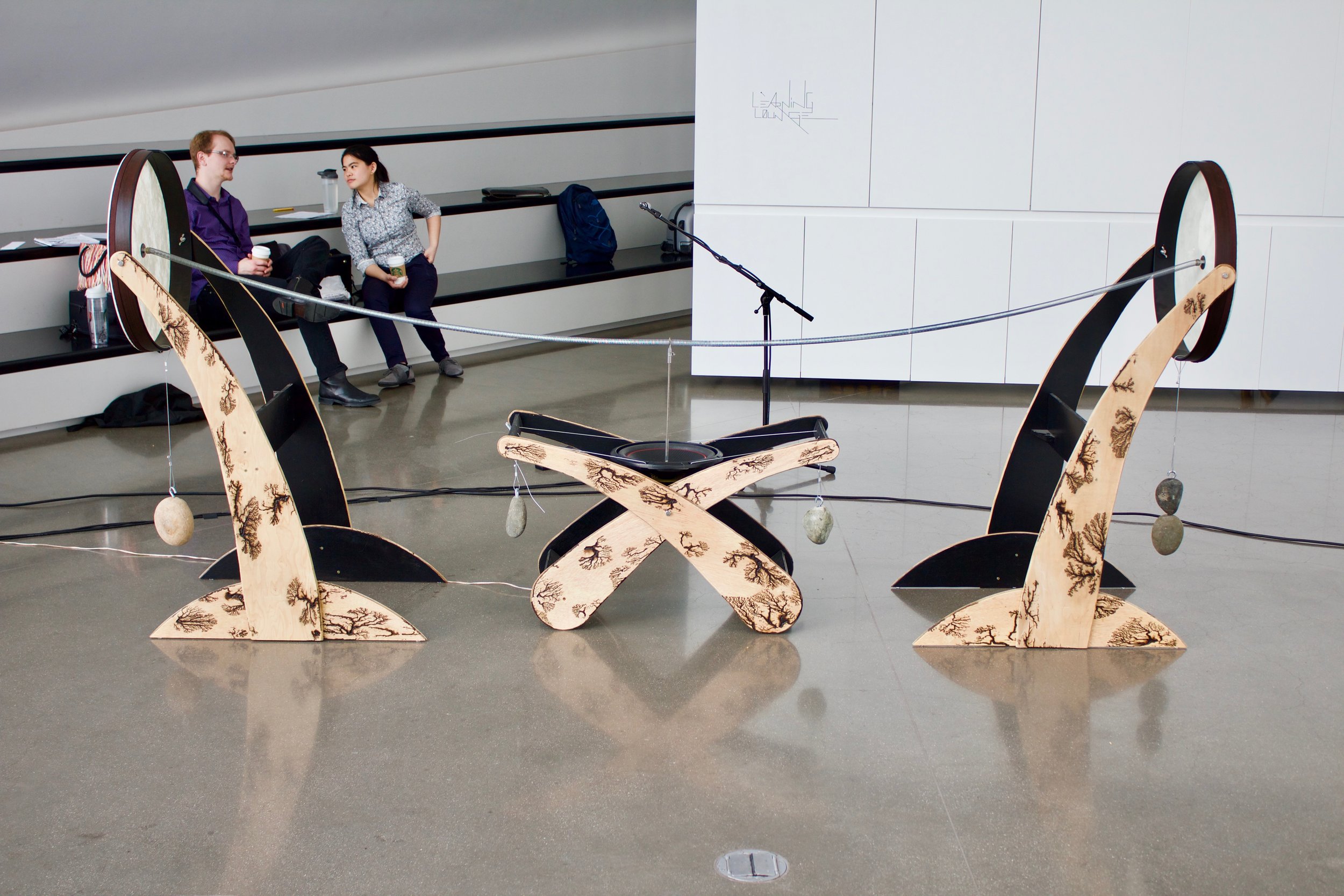
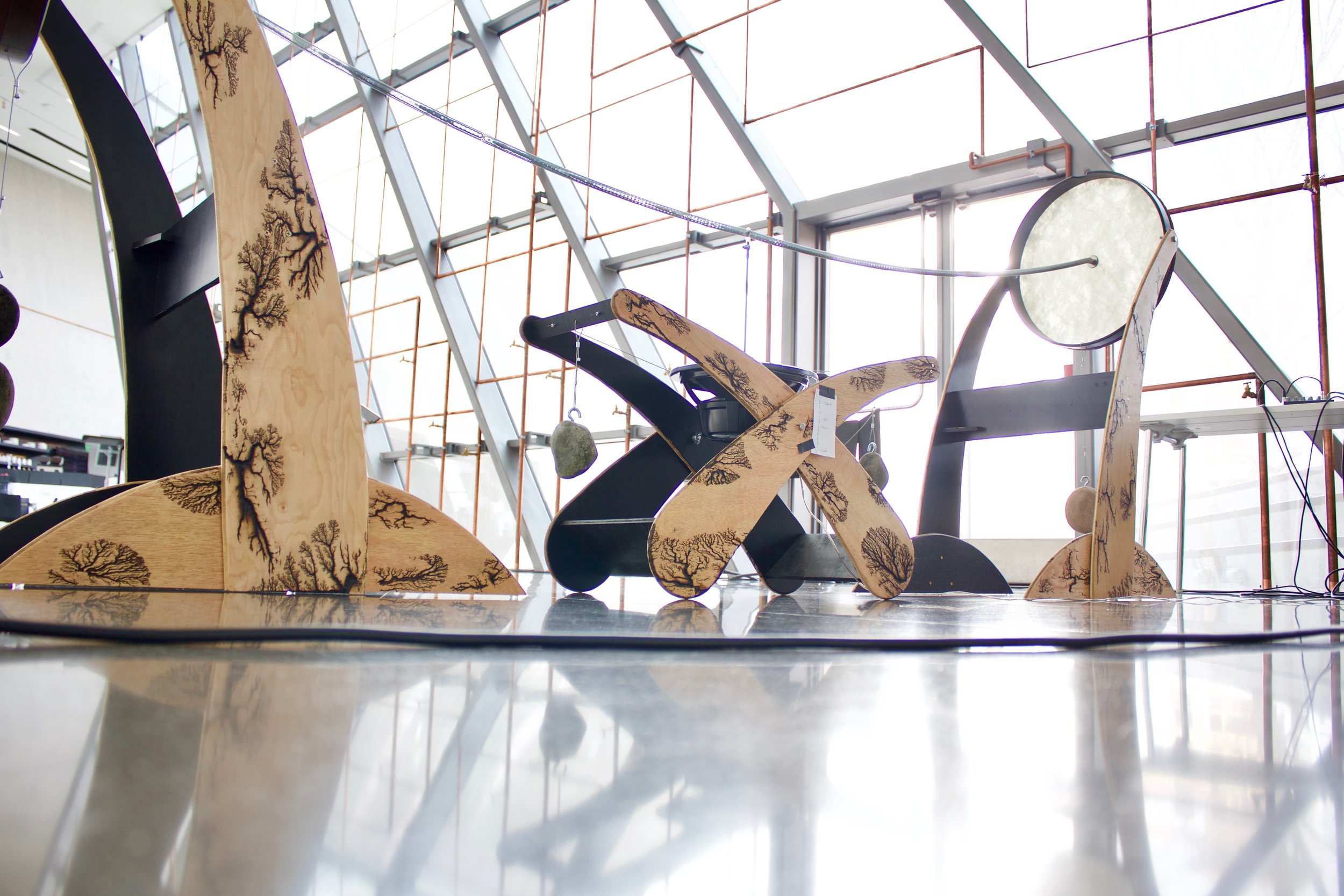
The premiere performance of "NODE" by Kyle Landry - Broad Art Museum, East Lansing Michigan
On April 9, 2017 I finally premiered my new instrument and a piece written for it called NODE. The instrument (which I currently don't have a name for) was casually in development for about a year and this became exponential as I realized the possibilities of the instrument. The instrument itself uses a long steel spring to capture and reverberate sounds. The spring is attached on each end to a large frame drum. The frame drums act like the diaphragm of a speaker and are amplifying and projecting sound waves. Sound waves are initially put into the spring by a large bass speaker attached to the spring by a steel rod. As sound is injected into the spring by the speaker it bounces back and fourth, being heard each time it hits a frame drum.
The wood burnings on the wooden frames holding the drums and speaker were all done by passing extremely high voltage electricity through the wood after it has soaked in a electrolyte solution. This causes the wood to burn in a pattern called a lichtenberg figure. They are very beautiful and often look like trees.
NODE Is the first piece I've written for this new instrument and it's clear that it is only the tip of an iceberg. For this piece, sound makes its way into the spring in a few different ways. First, sound is produced and controlled through a computer which has prepared midi and audio tracks. Second, the sound from the saxophone is picked up by a mic, sends it through a foot pedal which gives me volume and effect controls, and finally the sound enters the computer where it is further manipulated then sent to the speaker.
The Name of the piece, NODE, comes from the physics term used when talking about waves. A node is a point along a wave at which the amplitude is at a minimum. In other words its the point in a wave the does not move (or at least moves the least). On this new instrument there are three permanent nodes. One where the spring meets each drum and the other where the speaker attaches to the spring. Many other nodal points are created along the spring throughout the piece. The visually stunning aspect of this instrument is that as the spring vibrates you are actually seeing a physical representation of the pitches being played. When the low C at the end of the piece sounds, you actually see the sine wave of a C.
Check out Nobuya Sugawa improvising with the instrument
Watch a full performance of NODE
-Cat Drinking Fountain
Lincoln, my cat, loves to drink from running water so I made him a whirlpool drinking fountain. The base is made from zebrawood with a cocobolo edge. An acrylic reservoir in the base holds the water and a filtered pump feeds the water into the acrylic tube at an angle creating a whirlpool effect.
-Wooden Clock
This clock, made completely from wood, was completed in 2011 from a slightly modified version of a Clayton Boyer clock plan. The frame of the clock is made from zebrawood, the gears are made from baltic birch plywood, and the hands and hour markers are made from cocobolo. The clock is powered by the potential energy stored in the falling rock.
-Banksia Burner
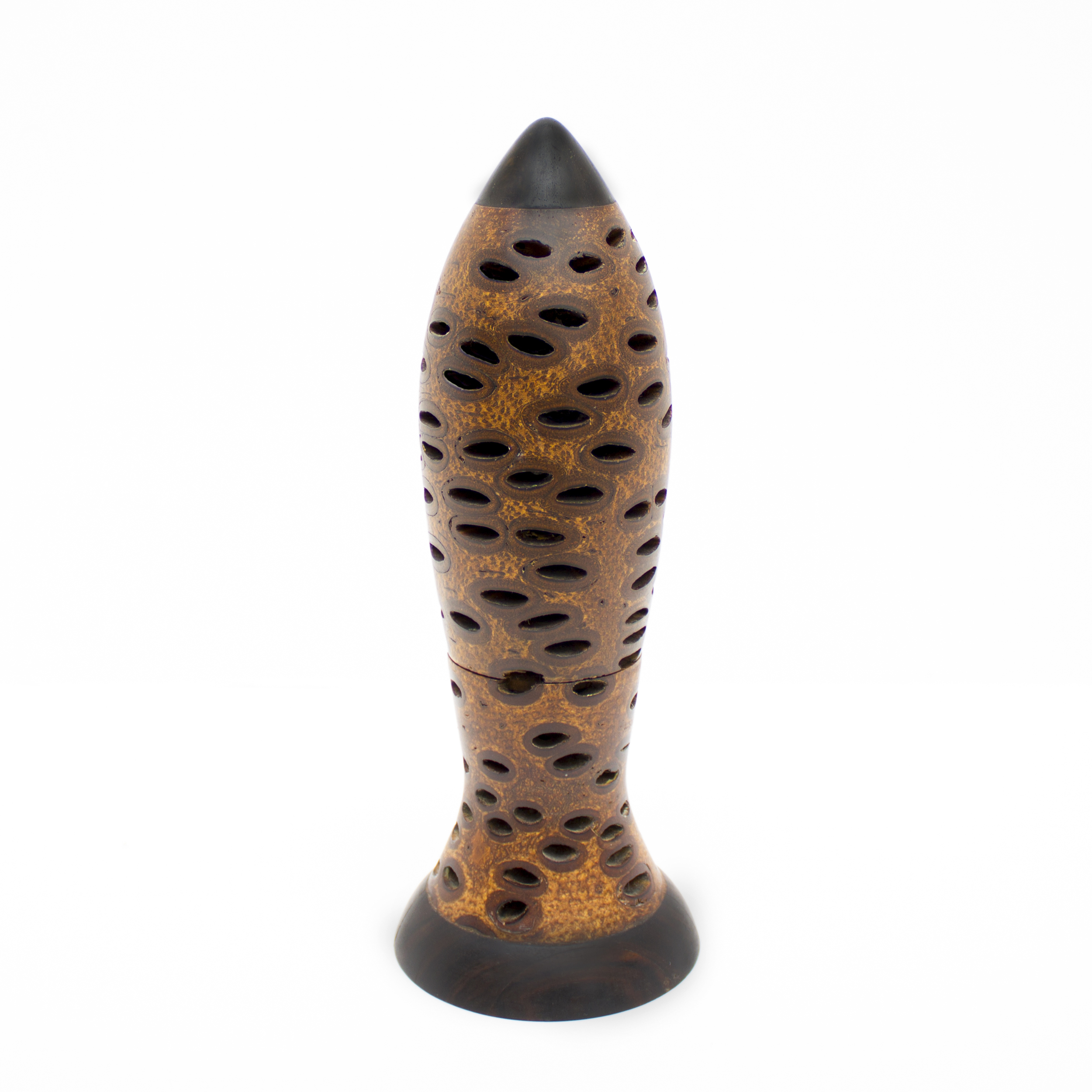
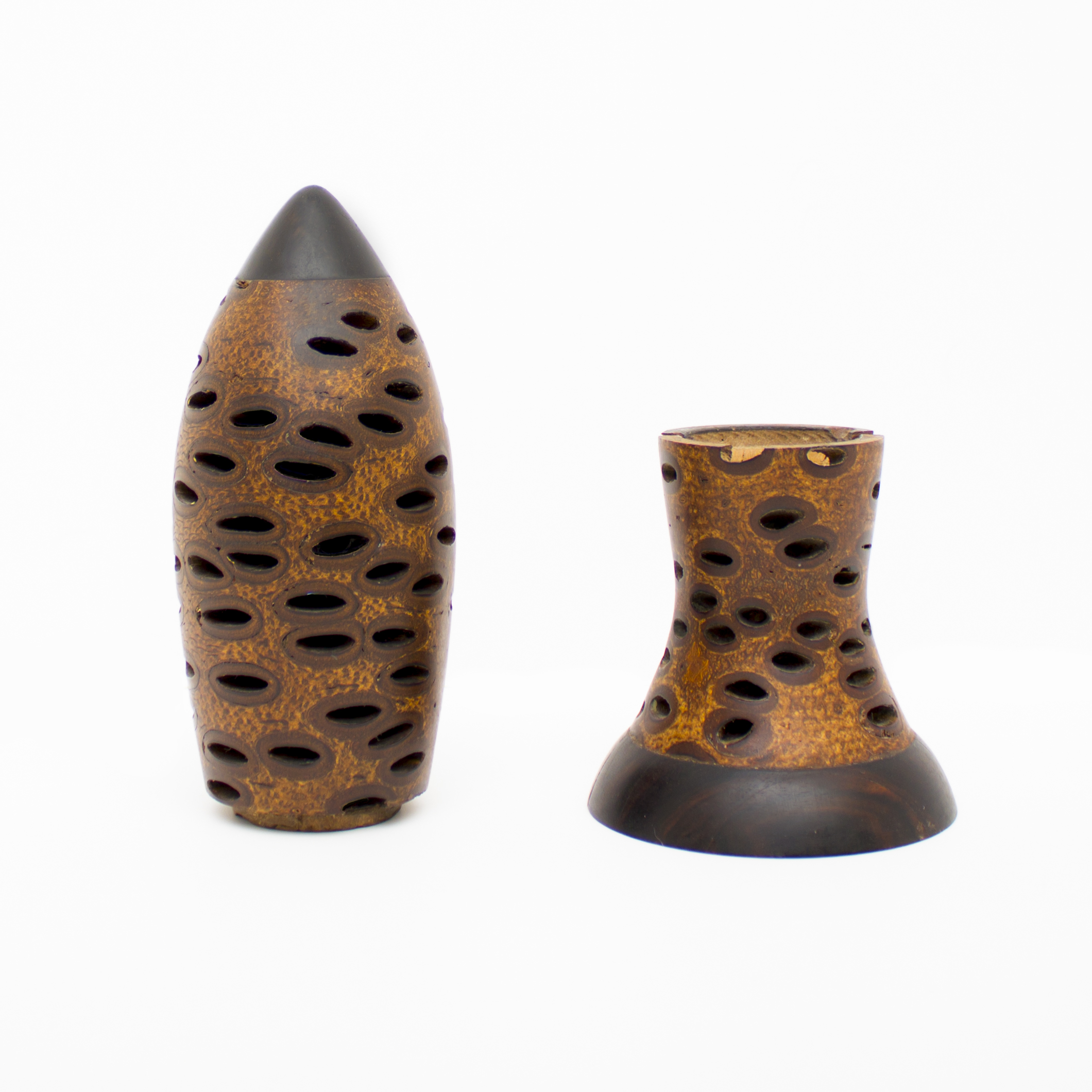
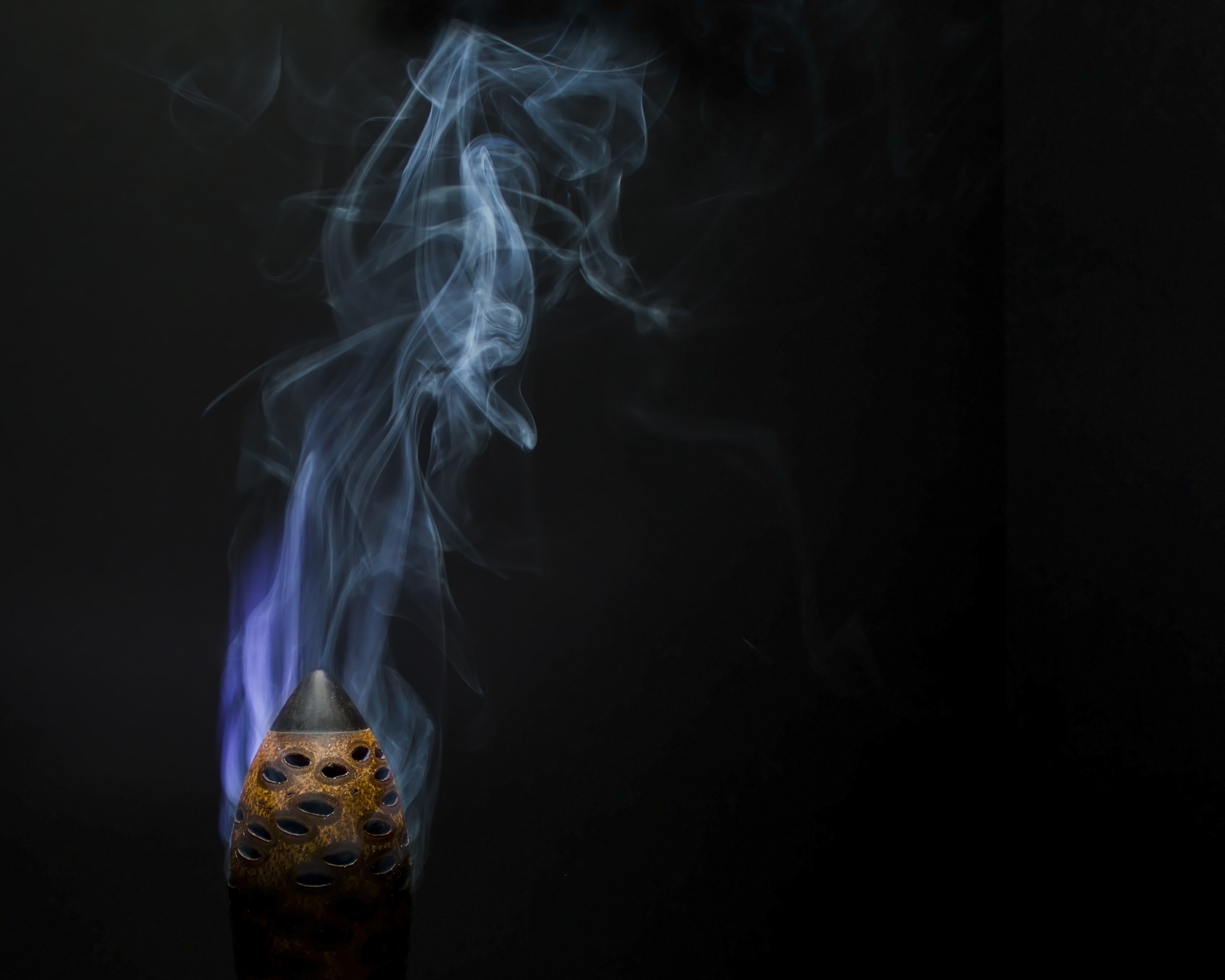
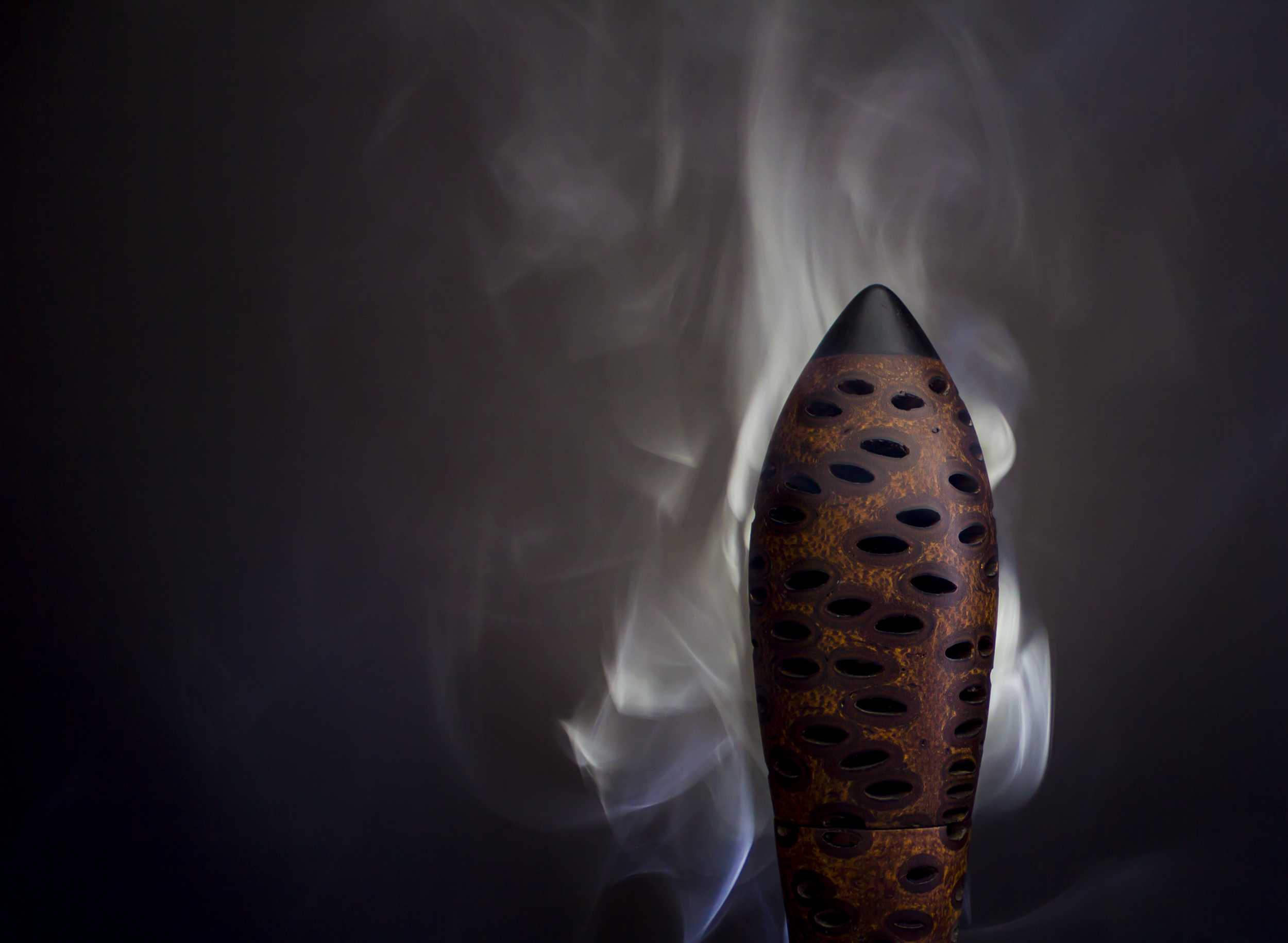
An incense burner turned from a banksia seed pod.
-Teddy Bear
Before
After
-Ornaments
-Bird House


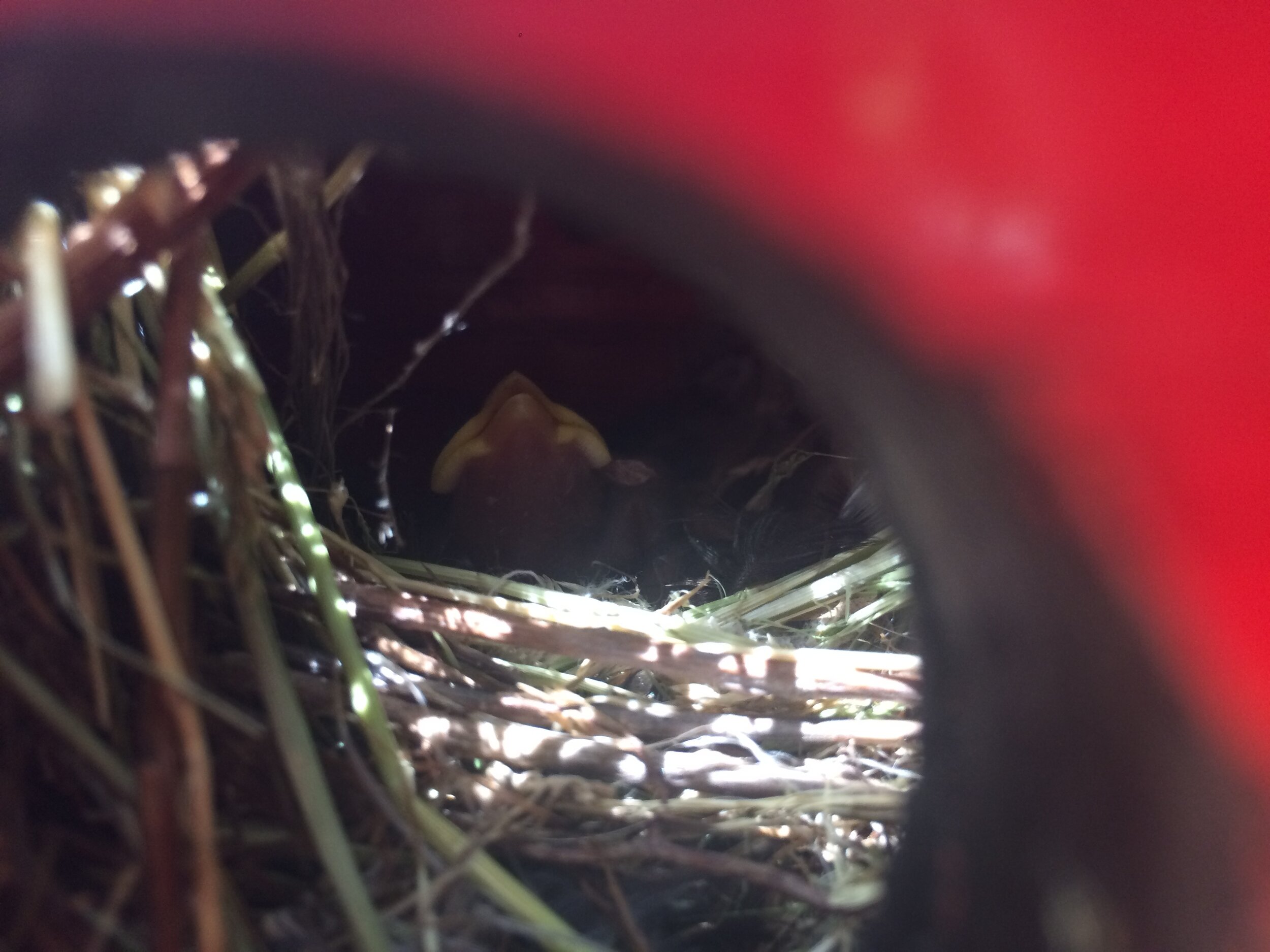
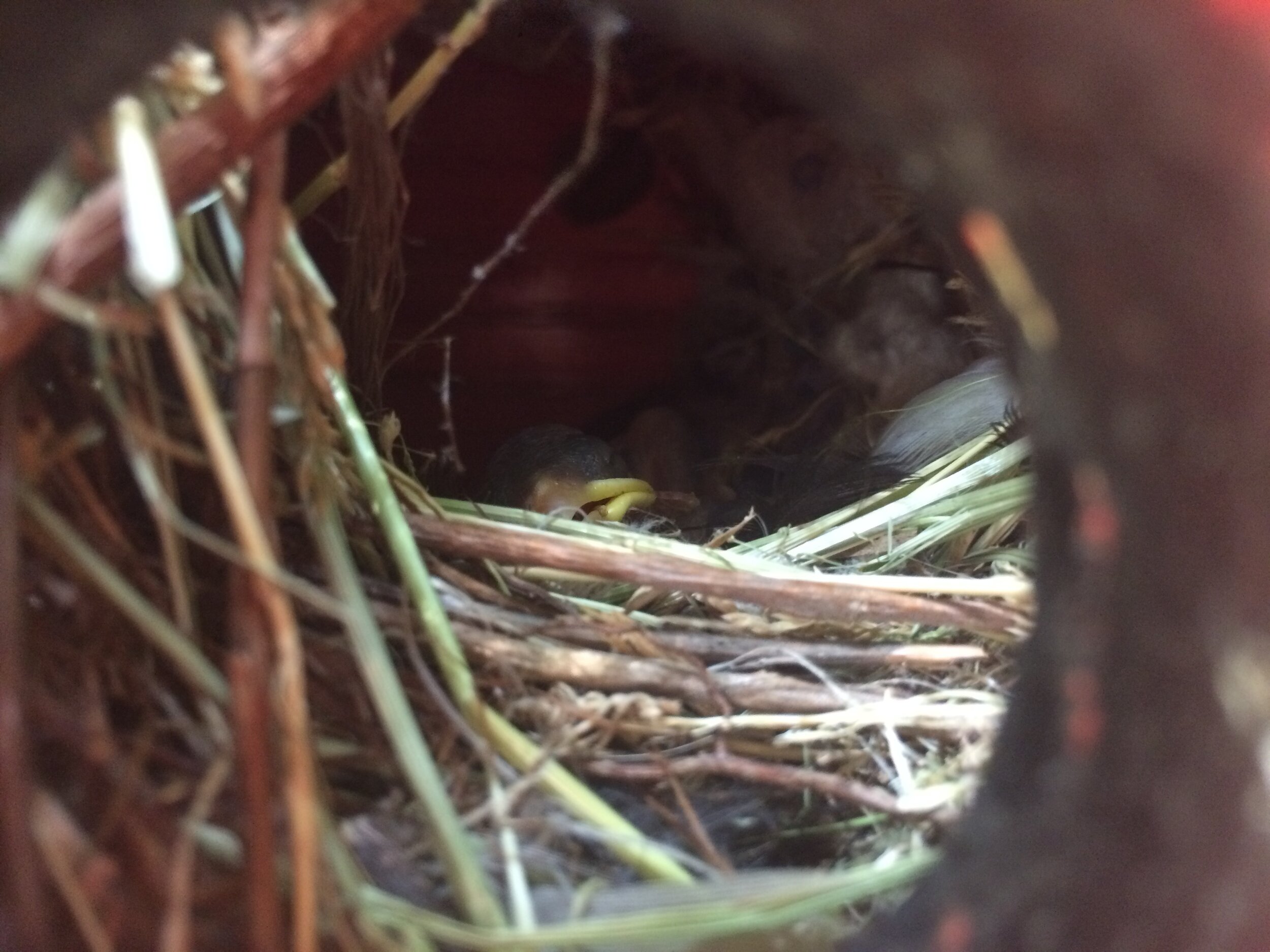
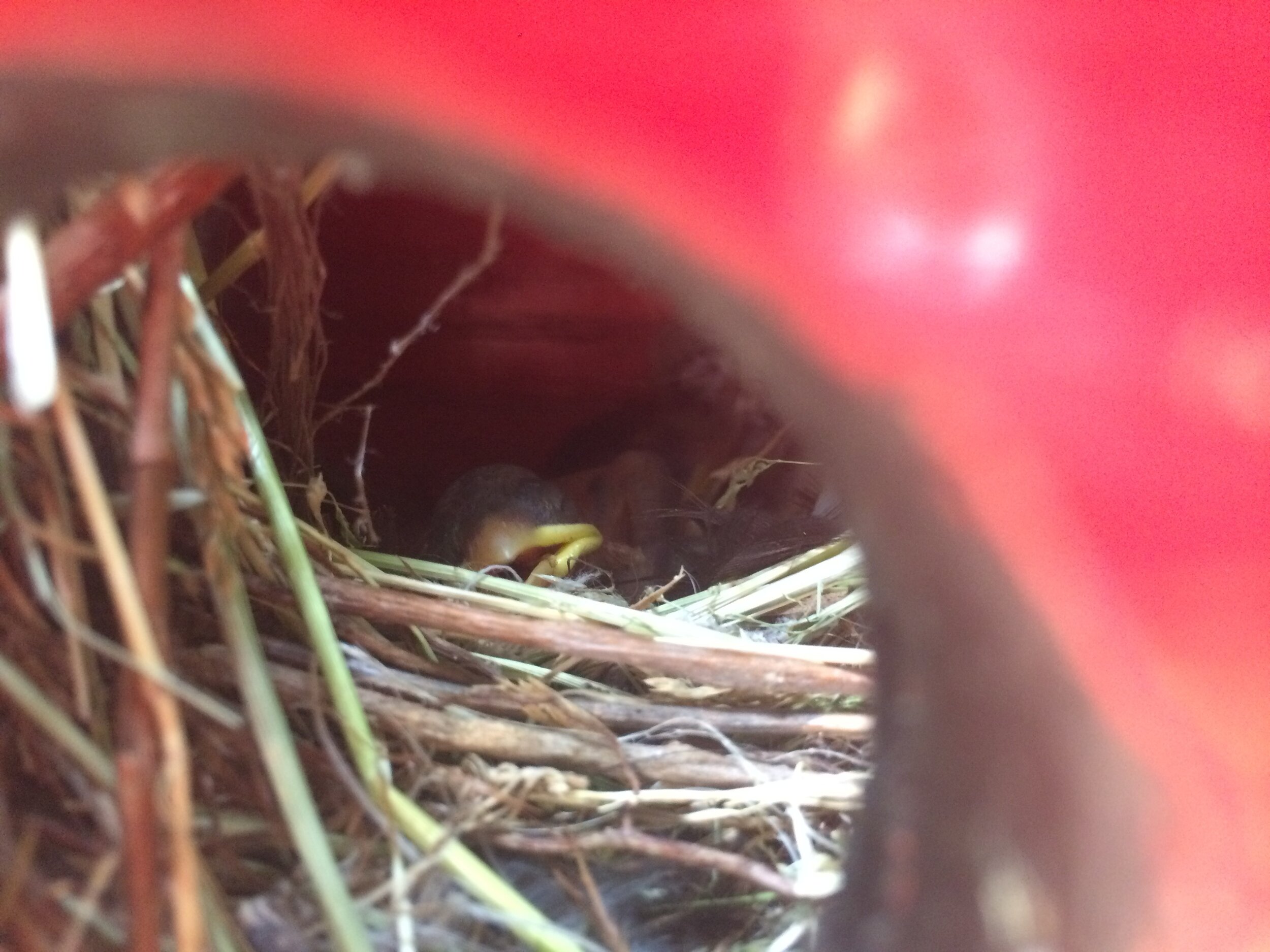
Bird houses made as a gift for my parents.











